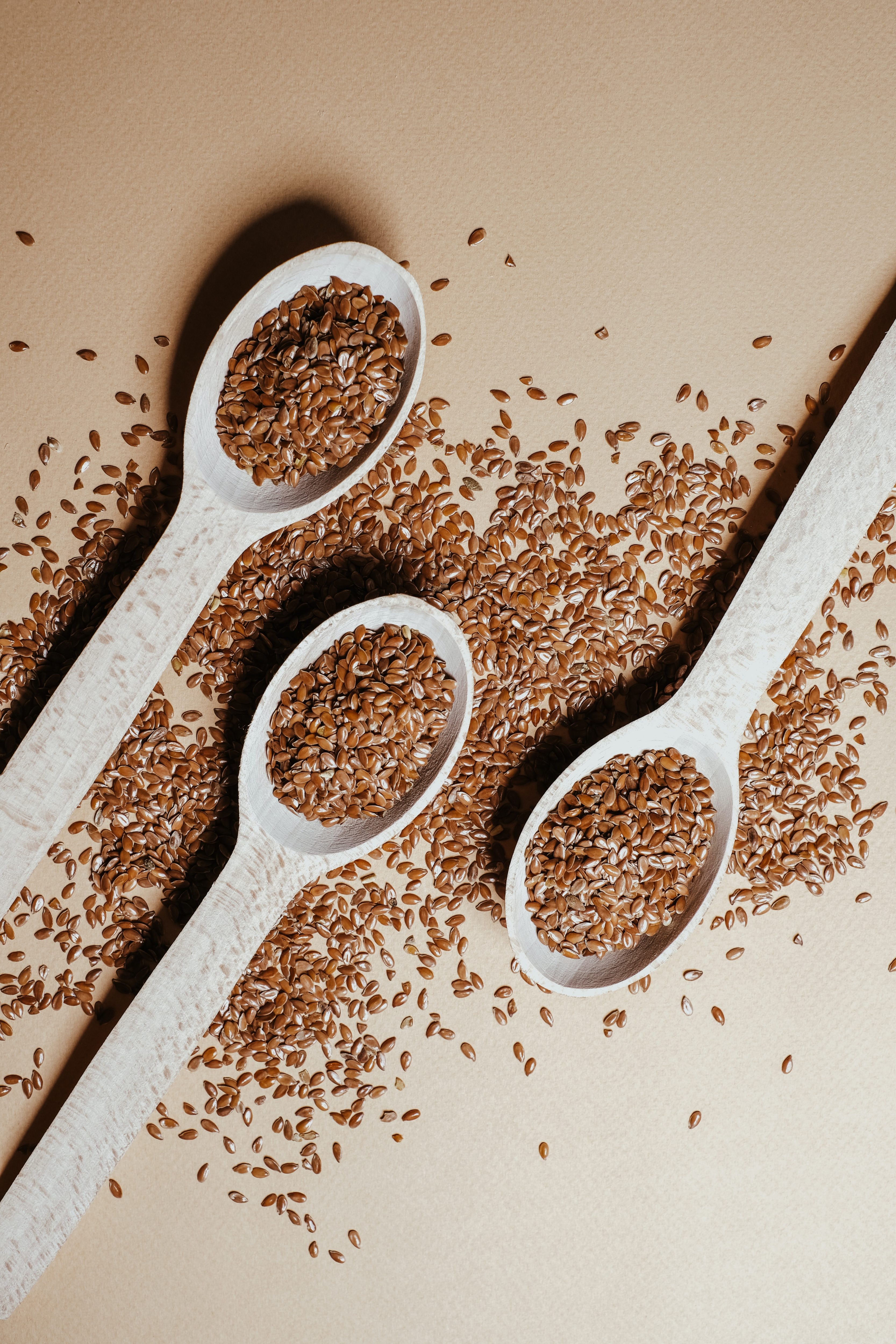
Estrogen Detoxification: Top Foods to Decrease Estrogen
Healthy and efficient estrogen detoxification is something we should all prioritize as part of our wellness journey. It’s particularly important if you struggle with irregular or heavy periods, or PMS symptoms. And, if you have a family history or increased risk of certain types of cancers, including breast and ovarian cancer, then taking steps to improve your body’s estrogen detoxification can be especially beneficial.
The good news is that you can do this by adding certain foods to your diet that help reduce estrogen. But first, let’s talk about the detox process and how it works.
A Healthy Gut Helps Lower Estrogen Levels
There’s a lot of information on hormone balance available via social media. But rarely do you hear about the role of gut health and detoxification in hormone balance, even though it’s one of the most important factors.
Hormones (especially our sex hormones, including estrogren) are produced and detoxified via the gut and liver. If our gut health is compromised and detoxification isn’t optimized, then estrogen metabolites (the ‘waste products’ created after we have made, used and metabolized estrogen) are put back into circulation. This causes higher levels of ‘bad’ estrogen, the type that can lead to hormonal imbalances, irregular periods and even certain types of cancers.
Typically the liver is considered the most important organ of detoxification, but its role in detoxification is second to that of the gut. If the gut is not functioning optimally, then a couple things happen:
- Toxins are put back into circulation in the body before being metabolized and ‘inactivated’ by the liver
- The burden on our already hard-working liver increases
Foods that Support Healthy Estrogen Detoxification
You can add these 5 foods to your diet to help the detox process and to lower estrogen levels.
1. Flaxseed
Flaxseed contains phenolic compounds called lignans. These bind to old and excess estrogens in the body and remove them via the digestive tract.
I advise my clients to have 2 tablespoons of ground flaxseed in their breakfast smoothie every morning. Tip: buy the flaxseed whole, grind at home and store in the freezer to avoid inflammatory oxidation.
2. Broccoli and Other Cruciferous Vegetables
Add broccoli and its cruciferous cousins (cauliflower, kale, cabbage, bok choy and brussel sprouts) to your diet. They contain glucobrassicin, the glucosinolate precursor of indole-3-carbinol (I3C) and subsequently Diindolylmethane (DIM). These compounds, in combination with sulforaphane (also found in cruciferous veggies), can help upregulate estrogen metabolite detoxification pathways in the gut and liver.
Aim for at least 3 to 4 servings of cruciferous veggies a week, or once daily if you struggle with estrogen dominance.
3. Wild-Caught Salmon
Wild-caught salmon is a fantastic source of eicosapentaenoic acid (EPA), the type of omega-3 fatty acid that helps us increase the formation of 2-hydroxy estrogens—the “good” estrogens.
I recommend eating wild-caught oily fish 3 times a week. We always purchase ours from Butcher Box .
4. Eggs
Eggs from pasture-raised chickens are wonderfully beneficial for our hard-working livers, which have to detoxify all estrogen metabolites. They contain:
- B vitamins, an essential co-factor in detoxification
- The antioxidant glutathione, which is also essential for efficient detoxification
- Sulfur, which is needed for the P450 phase (or Phase 1) of detoxification
5. Garlic and Onions
Garlic, onions and other prebiotic-rich foods such as leeks, asparagus, and artichokes should be a staple of your diet. Prebiotic compounds pass through the upper part of your gastrointestinal tract undigested before your gut microflora ferment them inside the small intestine and colon. This fermentation creates short-chain fatty acids (like butyrate, acetate, and propionate), which the gut microflora use as fuel.
All estrogen metabolites have to be detoxified via the digestive system, which is why a healthy GI tract is essential for healthy estrogen balance.
Need More Support On This Topic?
Download My 5 Ways to Boost Your Metabolism Over 40 Today!
Learn the evidence-backed ways that women over 40 can use to boost their metabolism and switch their body from fat-storing to fat-burning mode – without calorie counting, hours of cardio, or feeling hungry and deprived all of the time…
Helping
High-Achieving
Women Create
Optimum
Health
home
about
private coaching
The Metabolic Beauty Reset
corporate wellness
blog
privacy policy
terms & conditions
contact
© 2021 Jennifer Hanway, llc | All Rights Reserved | brand + website by high Moon studio
Programs